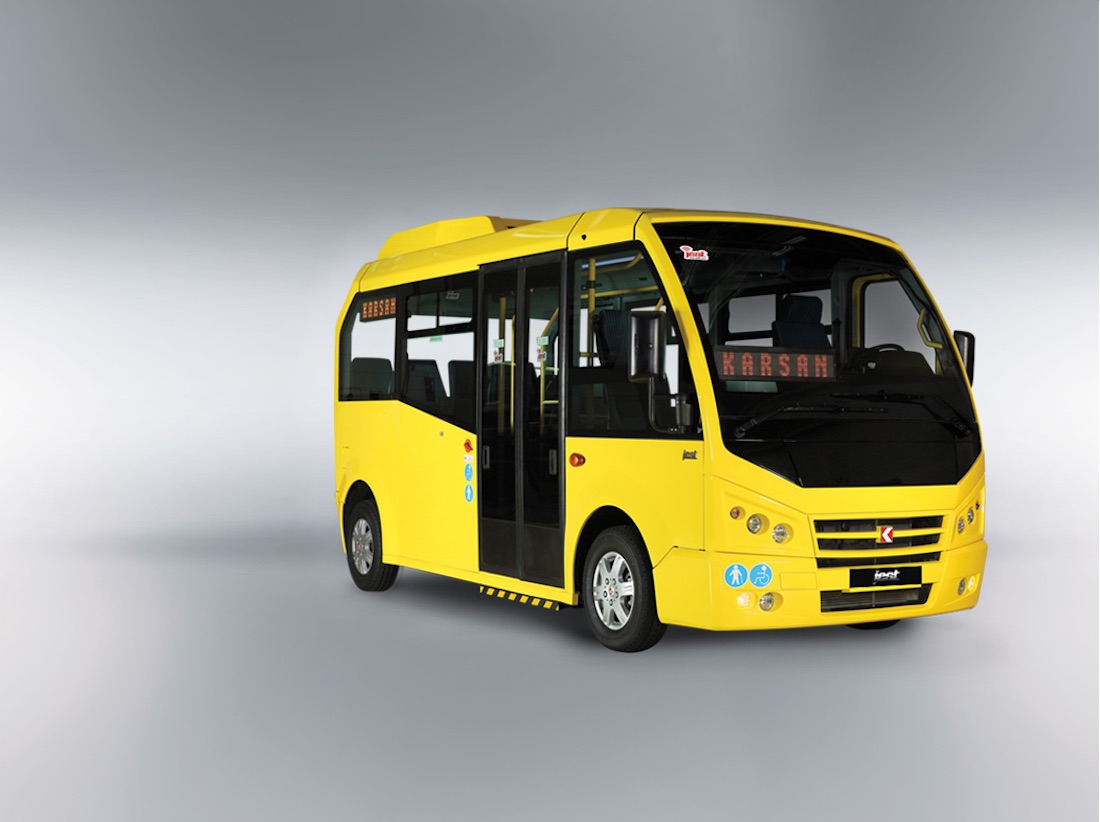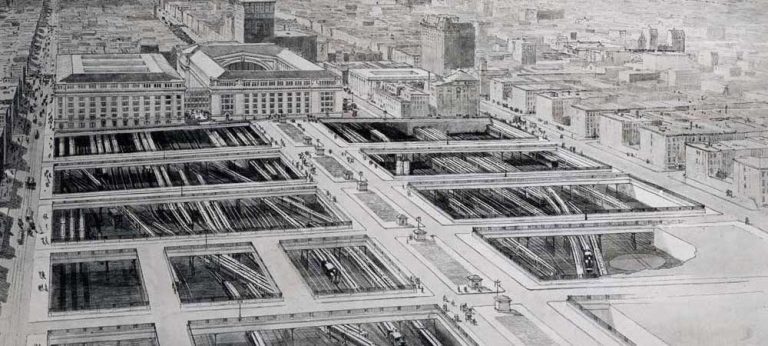Last Mile Microtransit: How Private Residential Shuttles Can Become Hyperlocal Public Transit
Every workday, 58% of the working population of Hoboken, New Jersey relies on public transit to earn their paycheck. That makes Hoboken’s share of transit use higher than every other city in the US, including New York City. To build last mile mobility, cut congestion, and strengthen equity, cities like Hoboken should engage real estate developers to subsidize public transit in lieu of private shuttles.
An increasing number of multiunit residential developments in Hoboken offer private shuttle service to the city’s major transit hub, Hoboken Terminal. These shuttles are a desirable amenity for real estate developments because they reduce the perceived distance to access mainline transit, streamline trips with luggage or strollers, and shield people from inclement weather during last mile trips to connect to transit. However, these shuttles are not open to all residents of the city, despite their impact on public resources. They contribute to congestion because each development operates its own shuttle service, impact the quality of life on streets maintained using public resources, and draw people away from The Hop, Hoboken’s hyperlocal municipal bus service.
With such a high rate of public transit use, Hoboken has an opportunity to turn The Hop into a case study for microtransit, a new service model outlined by the nonprofit transportation policy organization Eno Center for Transportation in its study UpRouted: Exploring Microtransit in the United States. Eno explored how cities are bridging the ‘last-mile’ between traditional, fixed-route rail and bus service, and people’s trip destinations in a way that eases congestion, reduces wear-and-tear on city streets, and is supported by an innovative public-private partnership.
Hoboken can do this by partnering with private-sector real-estate developers to subsidize redesigned Hop service that is more frequent, has extended operating hours beyond the current 7AM-8PM service, and reaches residential developments that currently run private shuttles. New vehicle branding, signage at stops, and simple service maps posted throughout the city will increase awareness and use of the system. The reimagined Hop would be funded by the city entering into agreements with real estate developers to subsidize public transit in lieu of their private shuttles, and through givebacks in future development agreements. Developers would be incentivized to support citywide public transit by a special transit assessment that would be applied to developments that opt to run private shuttles.
Eliminating The Hop’s current $1 fare would put it at parity with the private shuttles operated by residential developments, and is the first step to transitioning developer investment from privately operated shuttles that contribute to congestion to shared investment in building last mile ridership on the public service. The existing 22% fare box recovery ratio isn’t high enough to justify the current $1 fare, whereas partnering with residential developments to provide a predictable operating subsidy for The Hop would enable the City of Hoboken to use its existing $250,000 annual municipal subsidy for capital investment in an expanded fleet of minibuses to support more frequent service.
Update – March 2019: Hoboken Mayor Ravi Bhalla announced the city would drop the $1 fare for The Hop, making the hyperlocal bus service free for the first time.
Update – February 2020: The City of Hoboken announced that ridership on The Hop grew 30% in the year since the service was made fare-free.
Reimagined Hop service that is more frequent, reaches the residential developments that currently run private shuttles, and has extended operating hours will give all Hoboken residents access to better bus service. Partnering with private-sector developers to subsidize this service benefits the public. Strengthening street safety, transforming local transit, and building new public space at Hudson Place will advance pedestrian priority in Hoboken, and cement the city as a national leader.





